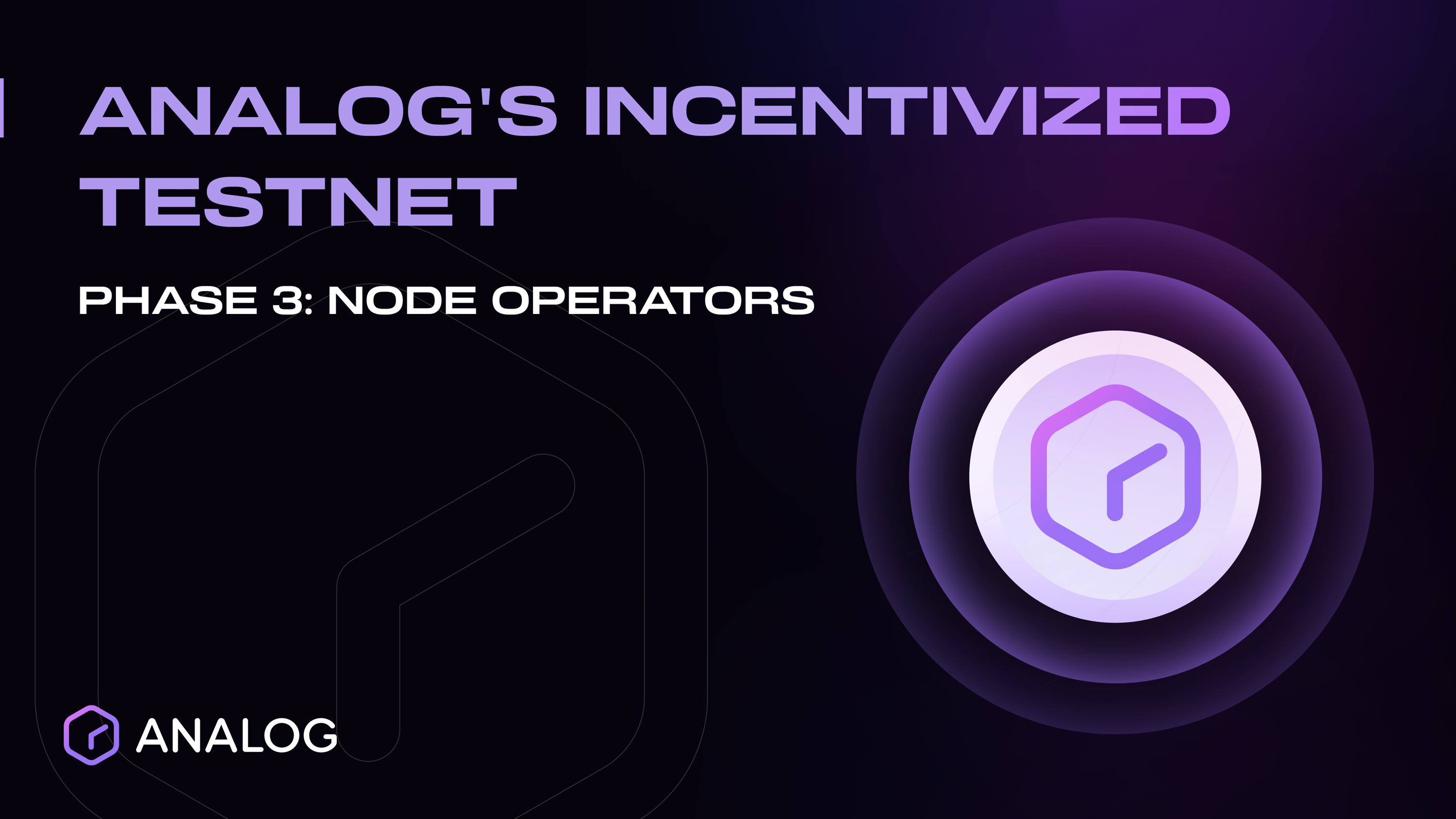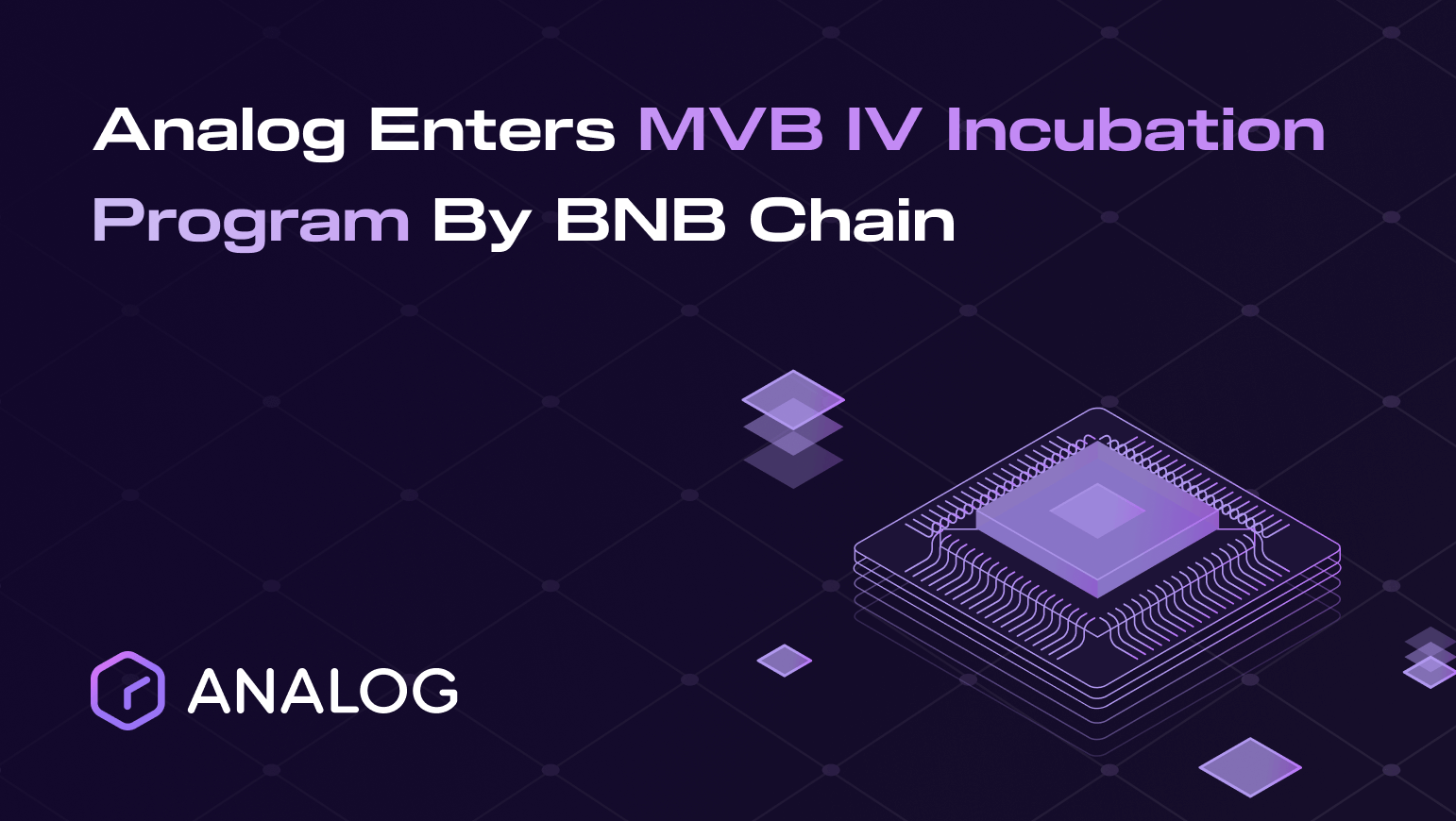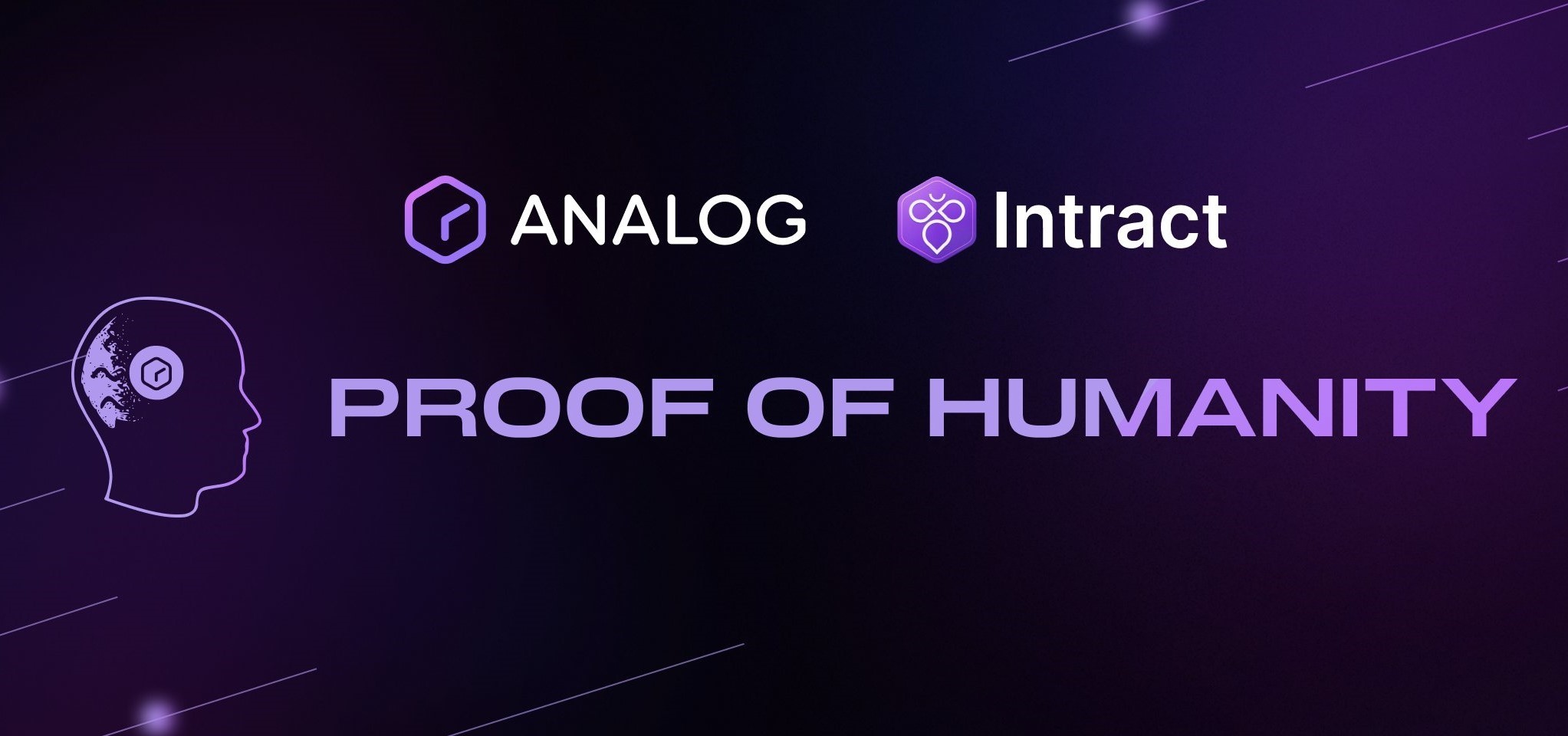
In blockchain architecture, Layer 1 chains manage their own state and execution. An L0, by contrast, is responsible for how different chains interact: how messages are passed, how transactions are sequenced, and how execution is verified across systems.
At Analog, we don’t sit on top of other chains. We operate beneath them, coordinating activity across chains through a decentralized network. Our job is not just to move data, but to ensure that every cross chain action is valid, ordered, and economically accountable.
Why did we build this way? We took an L0 approach so the dApps of the future will be able to reach across chains and bring Web3 to it's next level.
Beyond Messaging: Full Omnichain Coordination
Most omnichain tools treat messaging as a surface level feature. But passing data between chains isn’t enough. Without consistent validation and ordering, messages lose context and so do the applications that rely on them.
Analog handles the full lifecycle of a cross chain event: detection, validation, sequencing, and final settlement.
Every interaction is recorded on our Timechain, a sovereign chain optimized for auditability and throughput. This makes Analog a source of temporal truth across ecosystems, enabling apps to build logic that functions across chains as if they were one.
$ANLOG is the token that secures and sustains this system. It is used for staking, fee payment, and protocol governance. By staking $ANLOG, validators commit economic skin in the game and are penalized if they act maliciously. As more cross-chain activity flows through Analog, $ANLOG becomes the economic engine that powers and aligns the network.
Making Omnichain a Primitive
By owning sequencing, validation, and fees, Analog turns interoperability into a native protocol function not a workaround. Developers can build cross chain apps that behave predictably and execute securely across environments. From RWA collateralization to AI agents, the infrastructure is finally in place to support real cross-chain logic at scale.
Why This Matters
Analog is not another Layer 1. We are the connective layer beneath them all. By coordinating how blockchains communicate and settle with one another, we make it possible to build for the whole ecosystem, not just a single chain.
The next generation of dApps will be omnichain, and this is what we're facilitating at Analog.










